Recent Articles
Popular Makes
Body Types
Subaru's EyeSight Overview
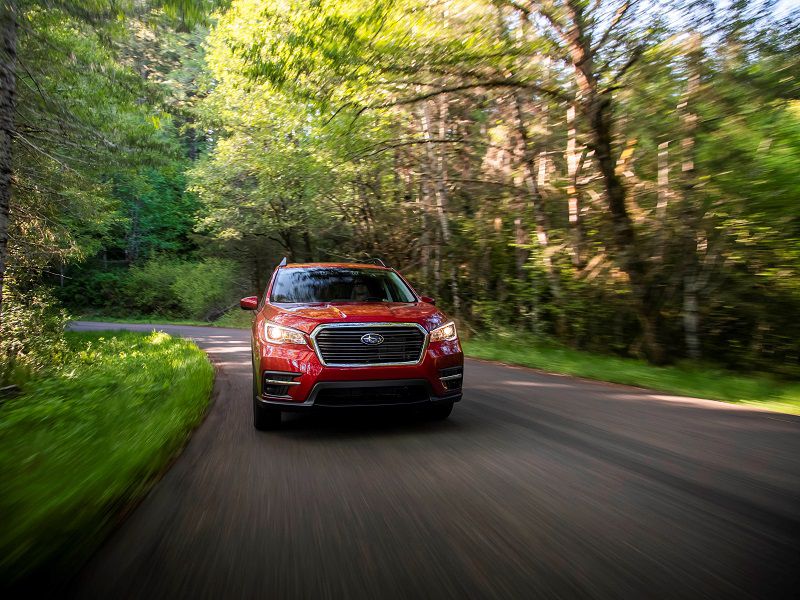
2020 Subaru Ascent Red Driving Front ・ Photo by Subaru
Subaru became a leader in advanced driver assistance systems when it announced development of automatic safety features in 2008. Those features arrived as the EyeSight system, first available on the 2013 Legacy and Outback vehicles. The system is designed to warn drivers of an impending front-end collision, and to activate the brakes and stop or slow the vehicle if the driver does not respond. The system has since been upgraded and expanded to most of Subaru’s product line.
The Insurance Institute for Highway Safety issued a report in 2019 showing that forward collision warning systems with automatic emergency braking — such as the one in the EyeSight suite — could reduce front-end collisions by as much as 50%, and prevented injuries in 56% of such collisions. Other active safety measures also reduced collisions and help prevent injuries.
What is Subaru EyeSight?
Subaru’s EyeSight system is a forward-collision warning and automatic emergency braking system that uses two Subaru-developed color cameras mounted inside the car on the upper edge of the windshield. The placement allows a good field of view for the cameras and reduces the chance of damage faced by bumper-mounted systems.
EyeSight processes the camera images in stereo, similar to human vision, to accurately locate other vehicles traveling in front of the EyeSight-equipped vehicle, as well as obstacles, traffic lanes, and other objects. EyeSight is capable of identifying pedestrians in the Subaru’s path. EyeSight warns the driver and can activate the brakes and stop or slow the vehicle to mitigate or even avoid a collision.
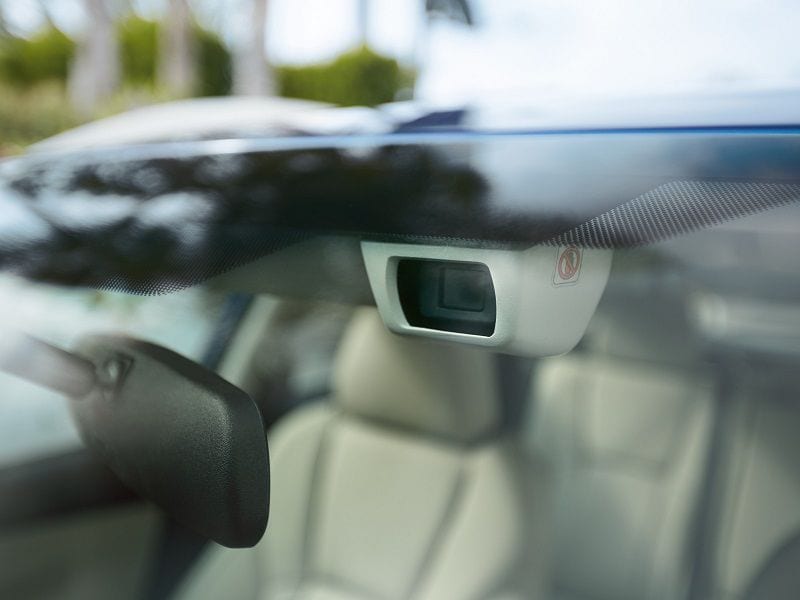
Photo by Subaru
EyeSight Features: Pre-Collision Braking
The main safety feature that EyeSight delivers is a forward collision warning with automatic emergency braking. If the EyeSight system detects an obstacle and determines that a collision is likely, it alerts the driver with an audible warning and a visual indicator on the dashboard and — in vehicles so equipped — in the head-up display.
If the driver fails to respond, the EyeSight system automatically actuates the brakes. Since the 2015 model year, EyeSight has been capable of completely stopping the Subaru at speeds up to 30 mph. Above that speed, the collision may not be avoidable, but it will be mitigated. Note that the pre-collision braking feature can be turned off temporarily during off-road or rough-road travel.

Photo by Subaru
EyeSight Features: Active Lane Keeping Assist
EyeSight also provides active lane-keeping assistance. This technology uses the EyeSight dual-camera system to scan the road ahead and identify lane markings or the edge of the road. The system warns the Subaru driver if the vehicle begins to drift close to the edge of the lane. If the driver does not respond, the EyeSight system will apply gentle steering inputs to bring the vehicle back to the center of the lane.
Active lane-keeping assist is also capable of warning the driver or intervening if the Subaru begins to sway within its lane. The steering assistance is gentle and can be overcome by the driver if it’s necessary to swerve to avoid a road hazard. The system is not active when either turn signal is actuated, because a turn or lane change is expected.

Photo by Subaru
EyeSight Features: Throttle Management
The EyeSight system has its own computer, but it’s tied in to both the braking system and the engine throttle. If the EyeSight system detects an impending collision and the driver fails to respond, the EyeSight computer not only activates the brakes, but also cuts the engine’s throttle.
Cutting the throttle eliminates acceleration, giving the driver or the EyeSight system more time to apply the brakes. It’s important to cut the throttle so that the engine and braking systems are not working against each other. Overall, this feature helps the EyeSight system reduce speeds to better mitigate or eliminate collisions.

Photo by Subaru
EyeSight Features: Adaptive Cruise Control
In addition to the safety features of the EyeSight system, the cameras allow Subaru to implement adaptive cruise control. This feature allows the Subaru to follow the prevailing speed of traffic on the highway. If the vehicle ahead slows for any reason, the Subaru will slow and maintain a safe following distance.
EyeSight's adaptive cruise control works down to a full stop, and the driver can set the minimum following distance. Subaru’s adaptive cruise control operates at any speed up to 90 mph. The system is especially useful in commute traffic situations where stop-and-go or slow-and-go conditions may continue for several miles.
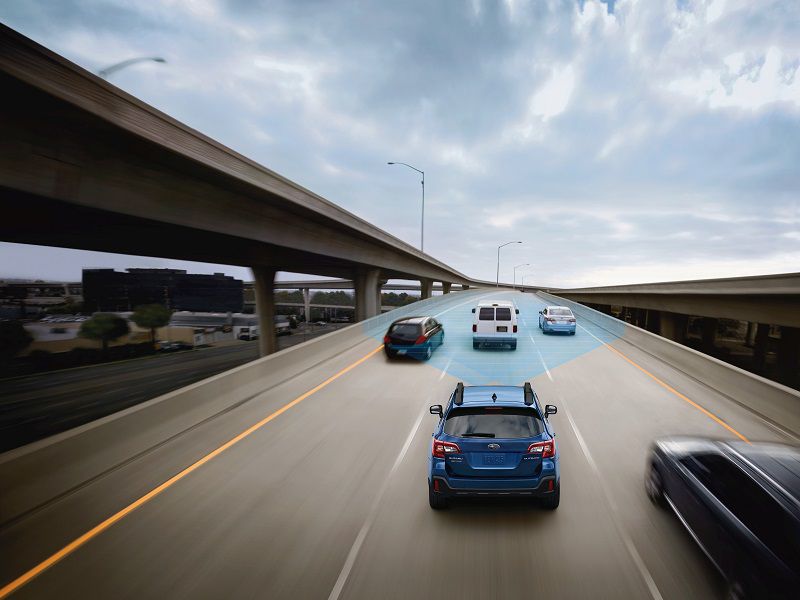
Photo by Subaru
Additional Subaru Safety: DriverFocus
While it’s not technically part of EyeSight, the same system helps implement Subaru's DriverFocus Distraction Mitigation System. This technology debuted in 2019 model year Subaru vehicles. It helps detect distracted or drowsy driving. If the system perceives such a hazard, it issues audible and visual warnings to regain the driver’s attention.
DriverFocus uses a combination of infrared sensors and facial recognition software to identify signs of driver fatigue or driver distraction. If the driver looks away from the road for three continuous seconds, the DriverFocus system issues an audible warning. If the driver does not return attention to the road ahead, the Subaru will slow to a stop. This system works for drivers who may fall asleep, or who have lost consciousness for any reason. The system can also activate Subaru’s Starlink communications system and contact emergency services. As an added bonus, DriverFocus can also identify specific drivers by their faces. The system remembers individual preferences for seat and mirror position, climate control, and the infotainment display.

Additional Subaru Safety: Blind-Spot Monitoring and Lane-Change Assist
To go with the EyeSight system, Subaru offers blind-spot monitoring with lane-change assistance. This system uses radar sensors mounted in the rear bumper to detect vehicles in adjacent lanes. If a vehicle is in the Subaru’s blind spot, the system displays a lighted warning in the side view mirror.
If you activate the turn signal, the system looks farther back to identify vehicles approaching in the adjacent lanes. If another vehicle is coming up on you, the system will flash the blind spot warning light. This helps you avoid cutting off other drivers and potentially causing a collision. The same system also implements a rear cross-traffic alert, which looks to the sides as you back out of a parking space. This is important in tight parking lots, especially when a larger vehicle is parked next to your Subaru and blocking your vision.
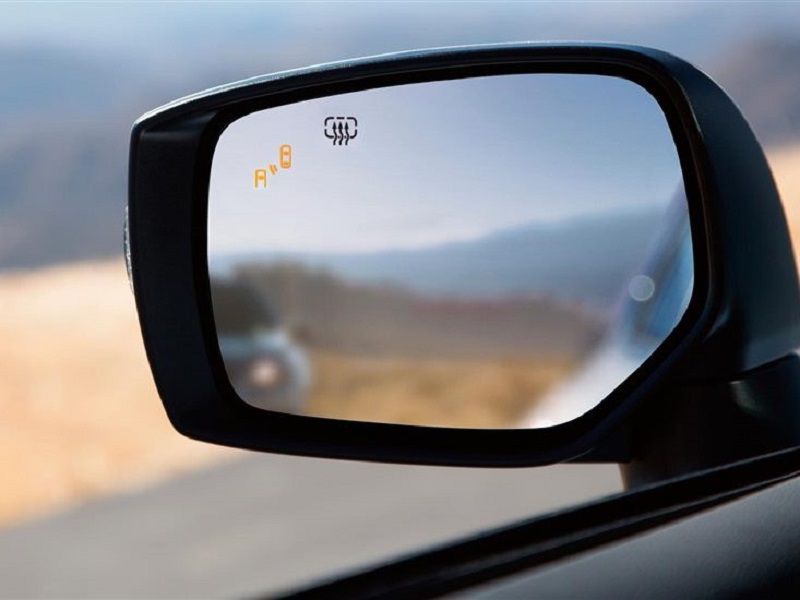
Photo by Subaru
Additional Subaru Safety: Rear Vision Camera
All Subaru models include a standard backup camera. This camera shows a rearward-facing view when the car is in reverse. The image is displayed on the infotainment screen and includes guidelines that show the projected path of your Subaru. Many Subaru models also offer reverse automatic braking, which uses the rear bumper radar to prevent you from backing into obstacles.
Some models now also offer an additional 180-degree forward-facing camera that shows the area directly in front of your Subaru. This technology is handy when you’re maneuvering into a tight parking space or your garage. You can use it any time you suspect something might be just in front of your vehicle.
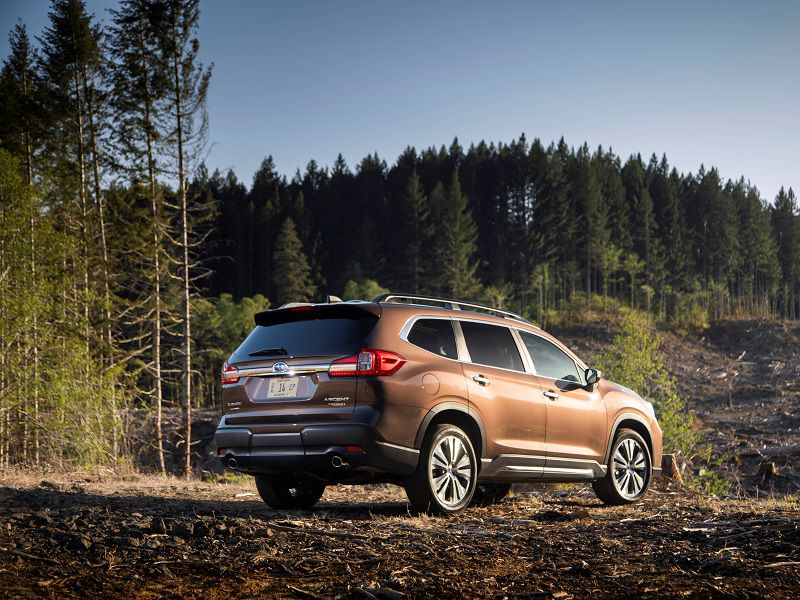
Photo by Subaru
Additional Subaru Safety: Symmetrical All-Wheel Drive
One feature that sets Subaru apart from all other brands is symmetrical all-wheel drive. This is standard on all Subaru products except the BRZ sports car. Subaru’s AWD system has been developed over decades to provide capable traction in all weather conditions. Unlike other AWD systems, you never have to activate the Subaru system. It’s always working and ready to deliver power to the wheels that have grip.
Newer models offer Subaru’s X-Mode, which provides increased traction under off-road conditions. X-Mode also implements hill-descent control, which allows you to confidently steer down steep or slippery inclines.

Photo by Subaru
Why Subaru EyeSight Is Important
Subaru says that the current version of EyeSight has been found to reduce the rate of rear-end crashes with injuries by up to 85% compared to cars without it. When equipped with EyeSight, Subaru vehicles generally receive the highest possible rating for front crash protection from IIHS.
Check with your insurance company, because many policies offer discounts for vehicles equipped with advanced safety features like EyeSight. That’s just a side benefit, but it’s still a good reason to insist on an advanced safety system like Subaru's EyeSight in your next vehicle.
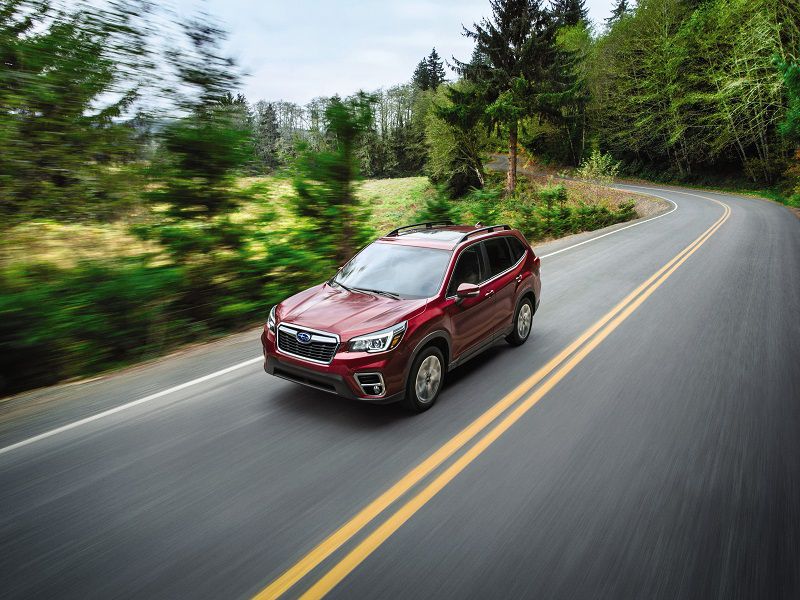
Photo by Subaru